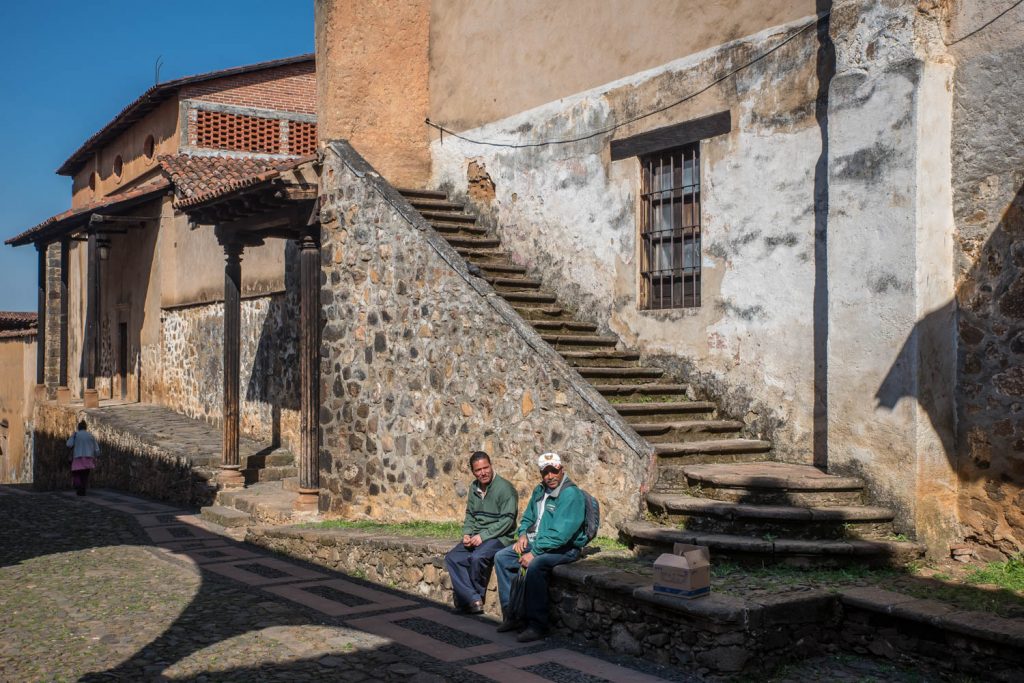
I loved Patzcuaro when I first visited it in 2003. It’s a small city in the Mexican state of Michoacán that dates back to pre-Columbian times, at least 150 years before the arrival of the Spaniards.
While some neighbouring towns destroyed their character when they tore down the classic buildings and put up modern monstrosities, Patzcuaro couldn’t afford to do this, so it kept its historic centre.
It has probably slightly more than 80,000 people, and most of the historic area is within easy walking distance of its two main squares.
The largest square, Plaza Vasco de Quiroga, is known as Plaza Grande, because it is the larger of the two. The smaller one, Plaza Chica, is officially known as Plaza Gertrudis Bocanegra.
Quiroga was an enlightened bishop who was sent in to calm things down after a period of particularly brutal Spanish atrocities against the indigenous population. He cared for the well-being of the local people. Adopting the views based on the Sir Thomas More book Utopia, he encouraged the indigenous villages to become self-sufficient by developing craft industries.
Gertrudis Bocanegra was a local supporter of independence from Spain who was shot by firing squad during the struggle for independence in the early 1800s.
Much of Patzcuaro is made up of two-storey white buildings with tiled roofs, and the lower five feet of the buildings are painted blood red.
There are large portales or colonnades on the buildings around the squares, and many of them have restaurants, cafés and hotels beneath. Both squares have greenery, statues of their two heroes, fountains, and lots of pigeons.
Many of the hotels are in former 17th and 18th century religious buildings, mine included. My room has adobe walls, a 12-foot ceiling, with wooden beams on top. There’s a small balcony overlooking a street below, and at the end of the street to the right is Plaza Chica.
My room has a cross over the bed and the room is dedicated to Mater Dolorosa, or Our Lady of Sorrows.
Yesterday actually turned out to be my longest day of riding buses. Although the distance may have been shorter than my trip to Angangueo, it took longer because I was entirely on second-class buses that stopped everywhere to pick people up or drop them off along the road.
I left in the morning from Angangueo without any breakfast and rode a small bus, more of a large van, to Zitacuaro. Then I took the longer of the trips, well over three hours, to Morelia, the capital of the state. Finally, there was a one-hour bus trip to Patzcuaro.
As I watched the scenery go by, I noticed two things at the sides of the roads. First there were crosses indicating motor fatalities at a rate of sometimes two or three per kilometre. Secondly, between each of these crosses, there was litter everywhere. Evidently highway cleanup is a low priority in Mexico.
I spent much of today just wandering through Patzcuaro’s interesting streets. I did visit the market, and the public library which is in an old church on Plaza Chica and has an amazing Juan O’Gorman mural on its back wall showing in the history of Michoacán.
This will be my second night in Patzcuaro, and I’ll be staying here tomorrow night as well, before beginning my return home. Tomorrow I plan to visit the lake just north of here and some of the villages surrounding it.
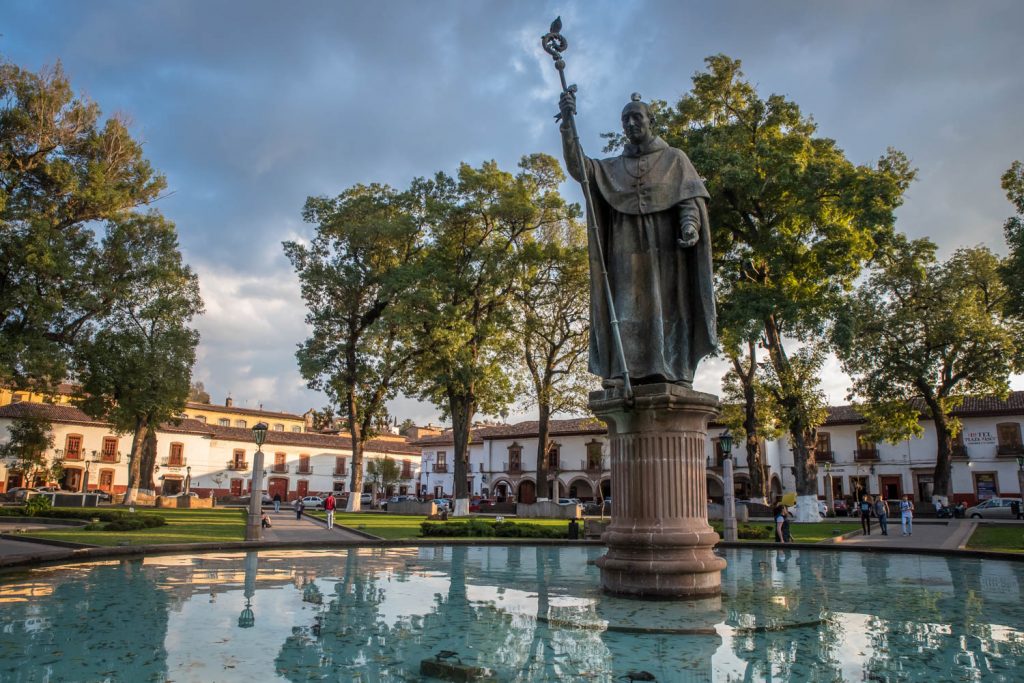
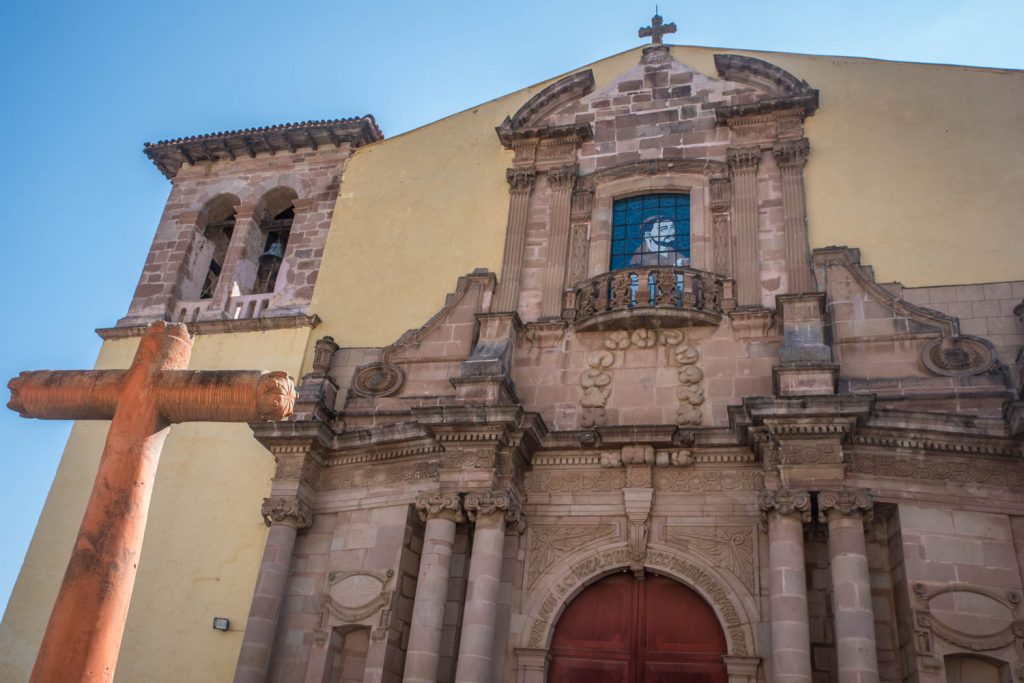
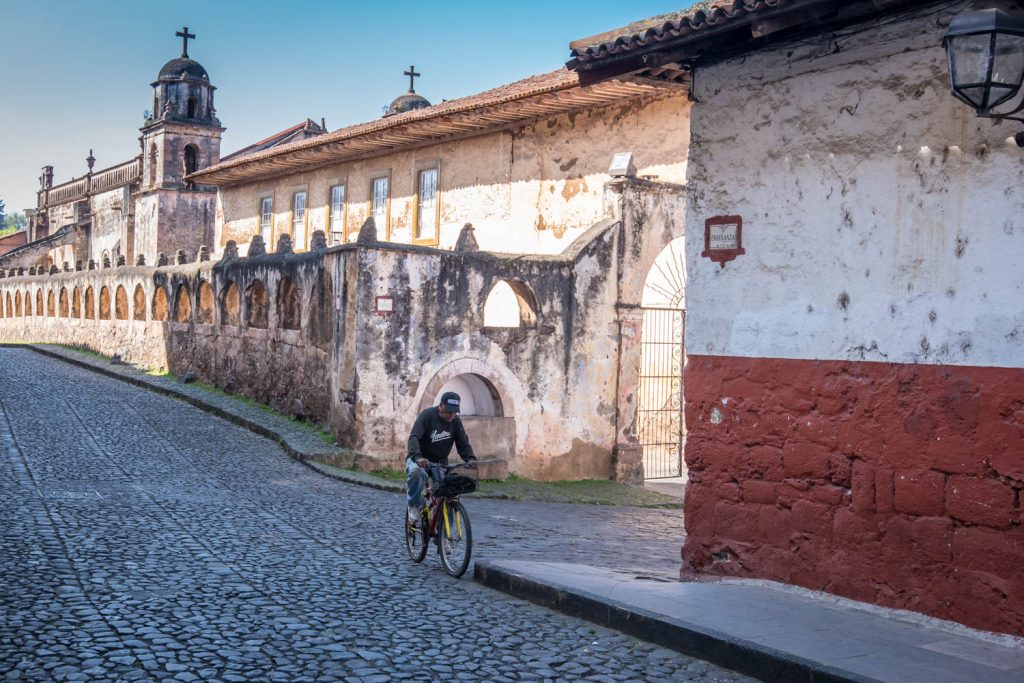


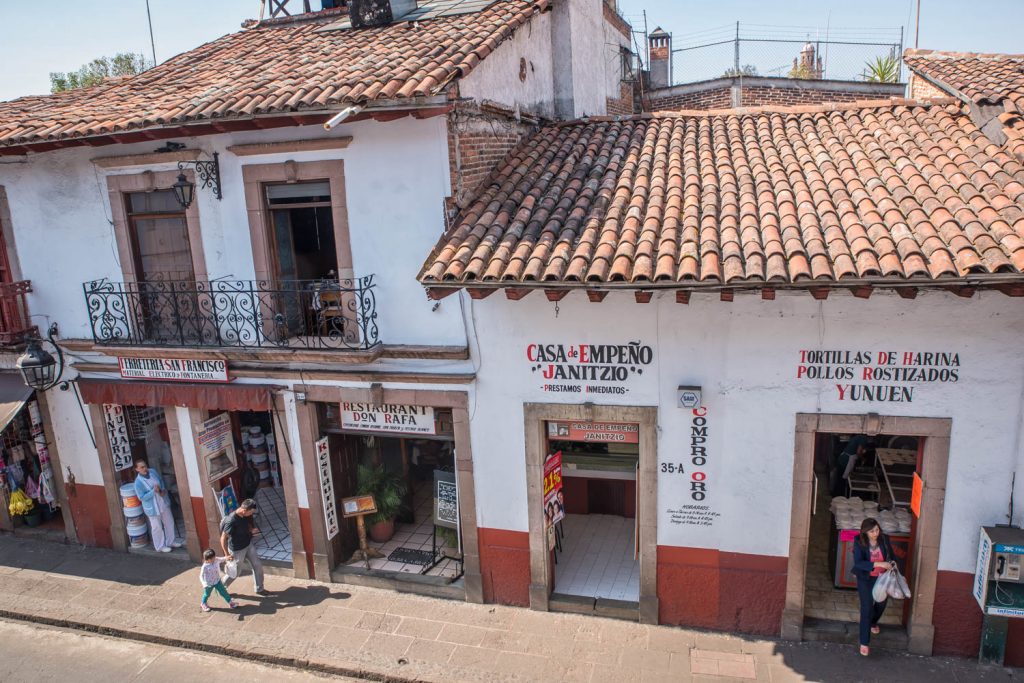
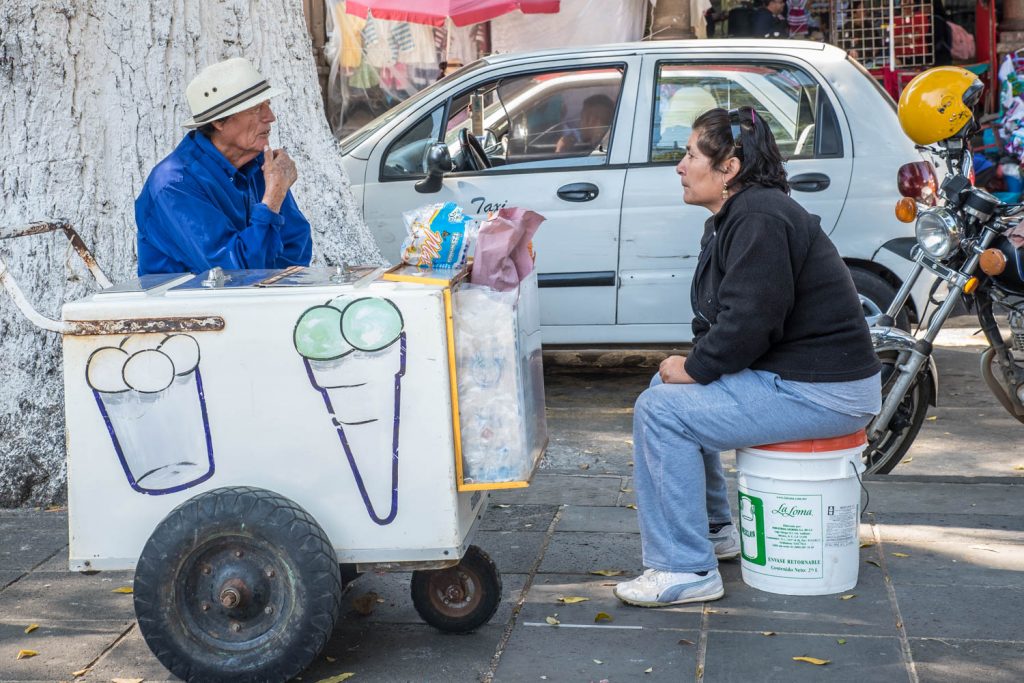
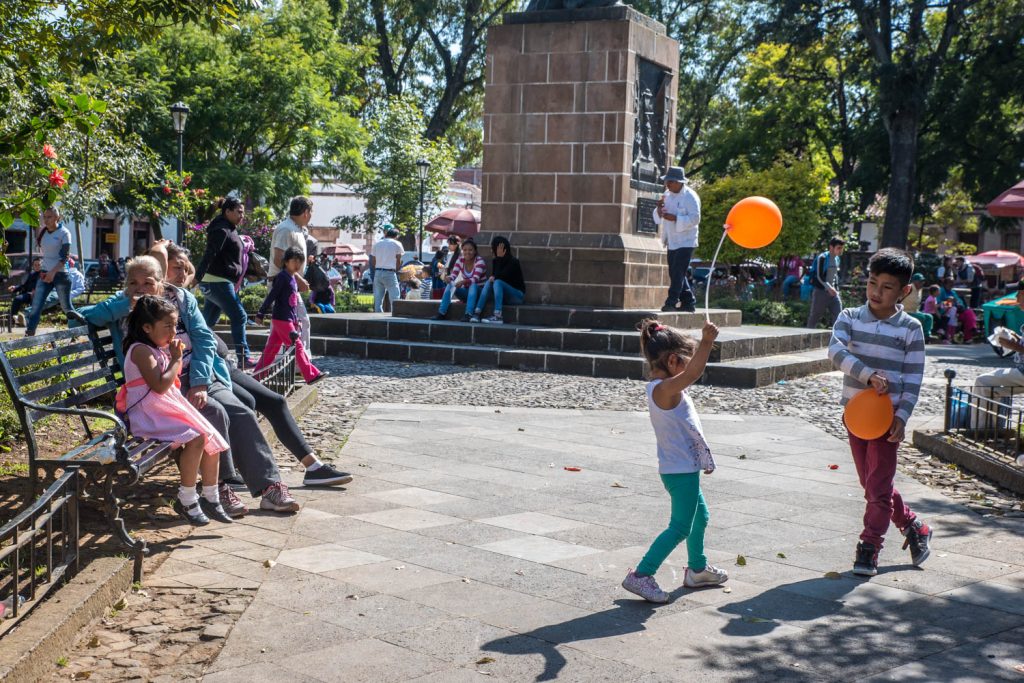
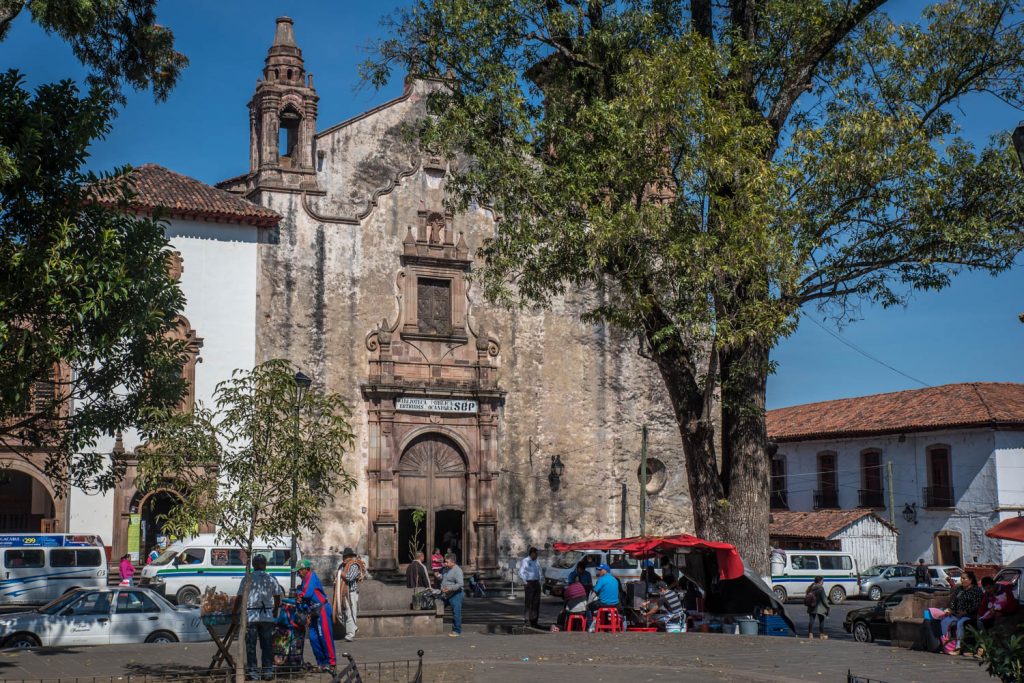
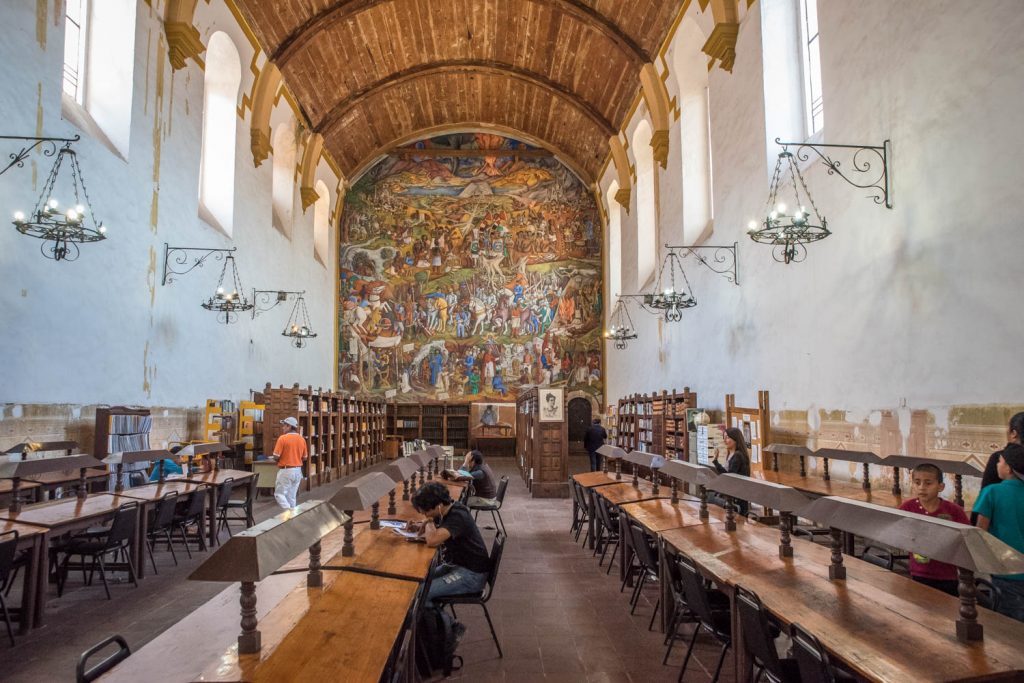

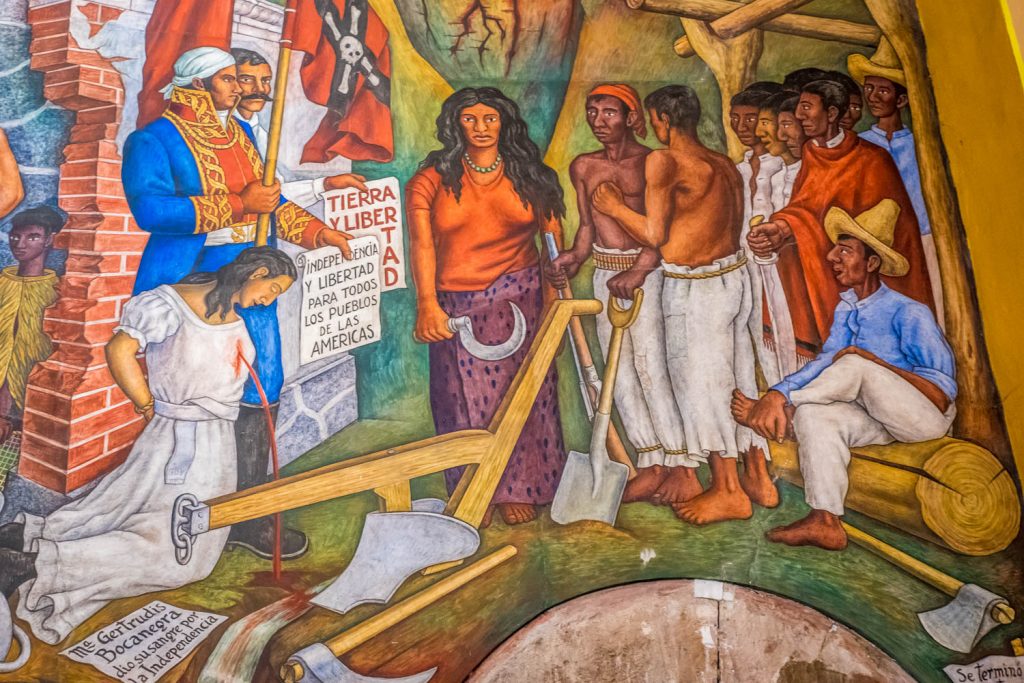
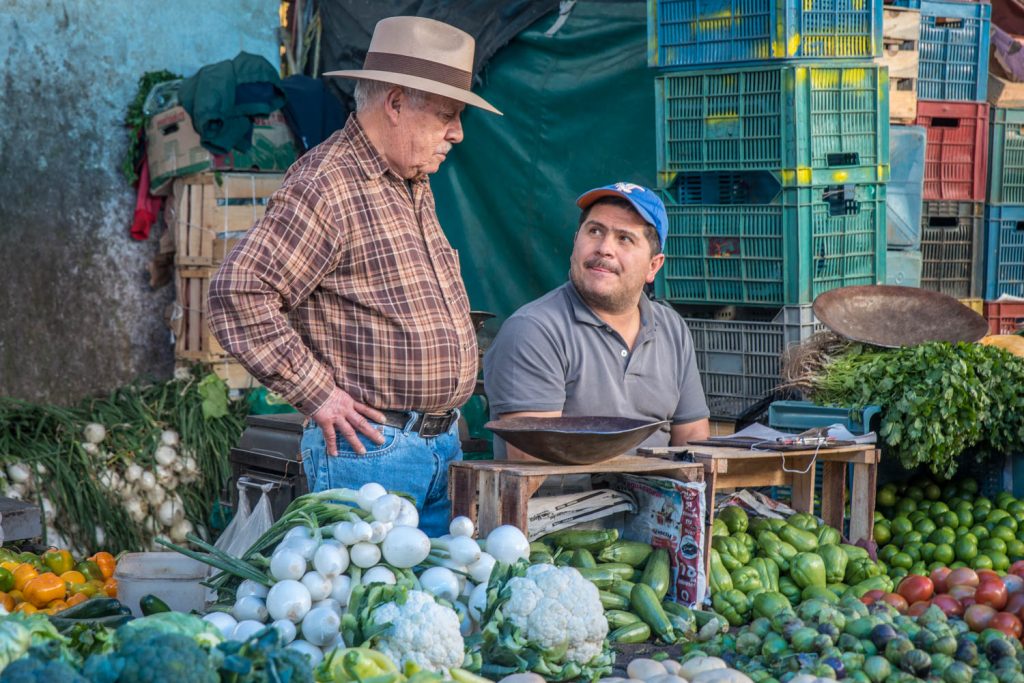
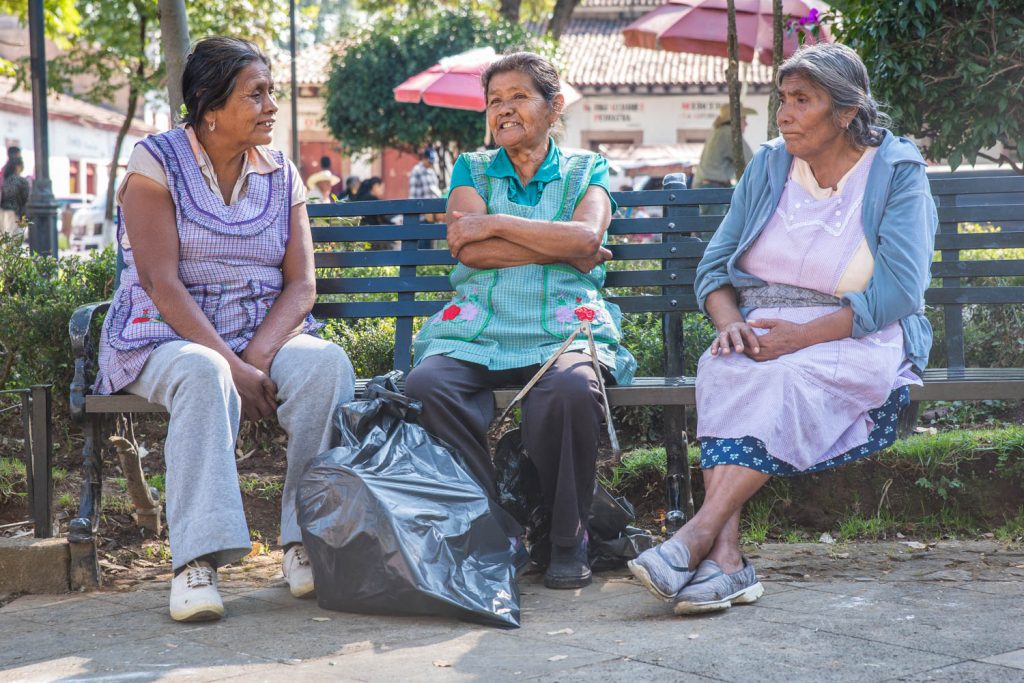
One thought on “Return to Patzcuaro”